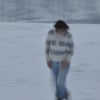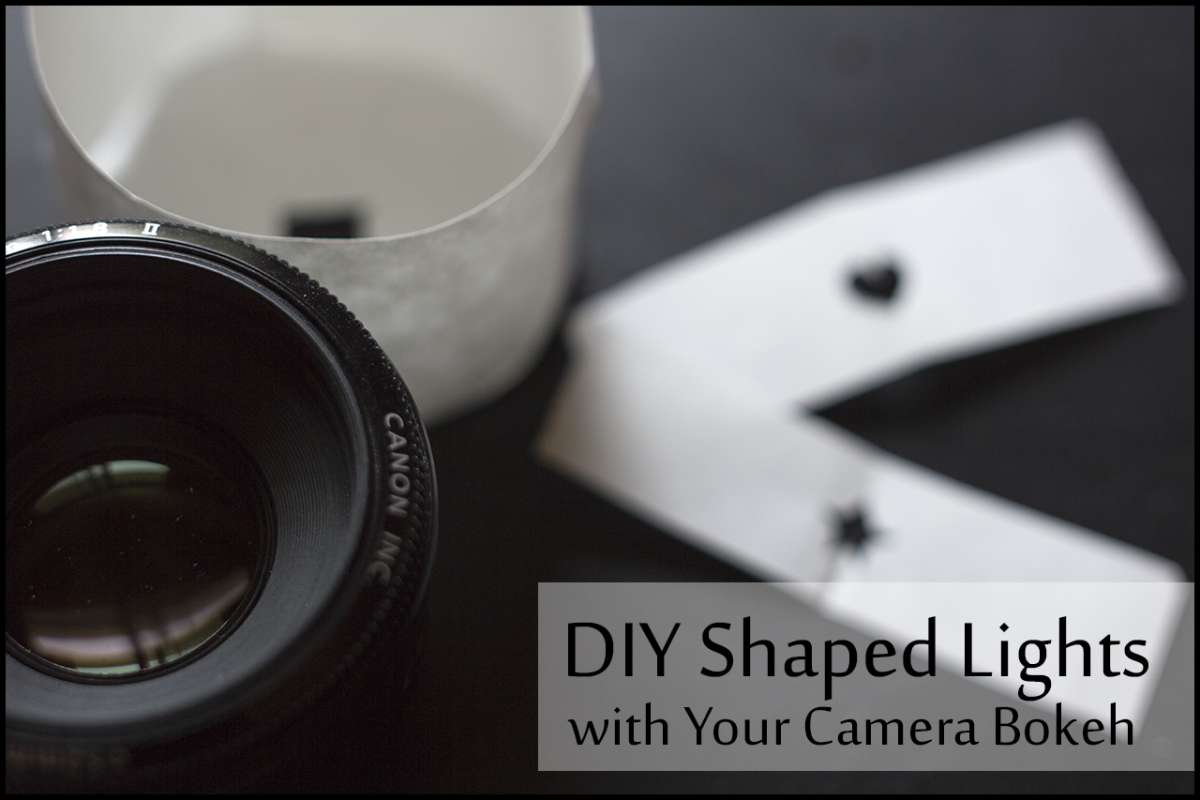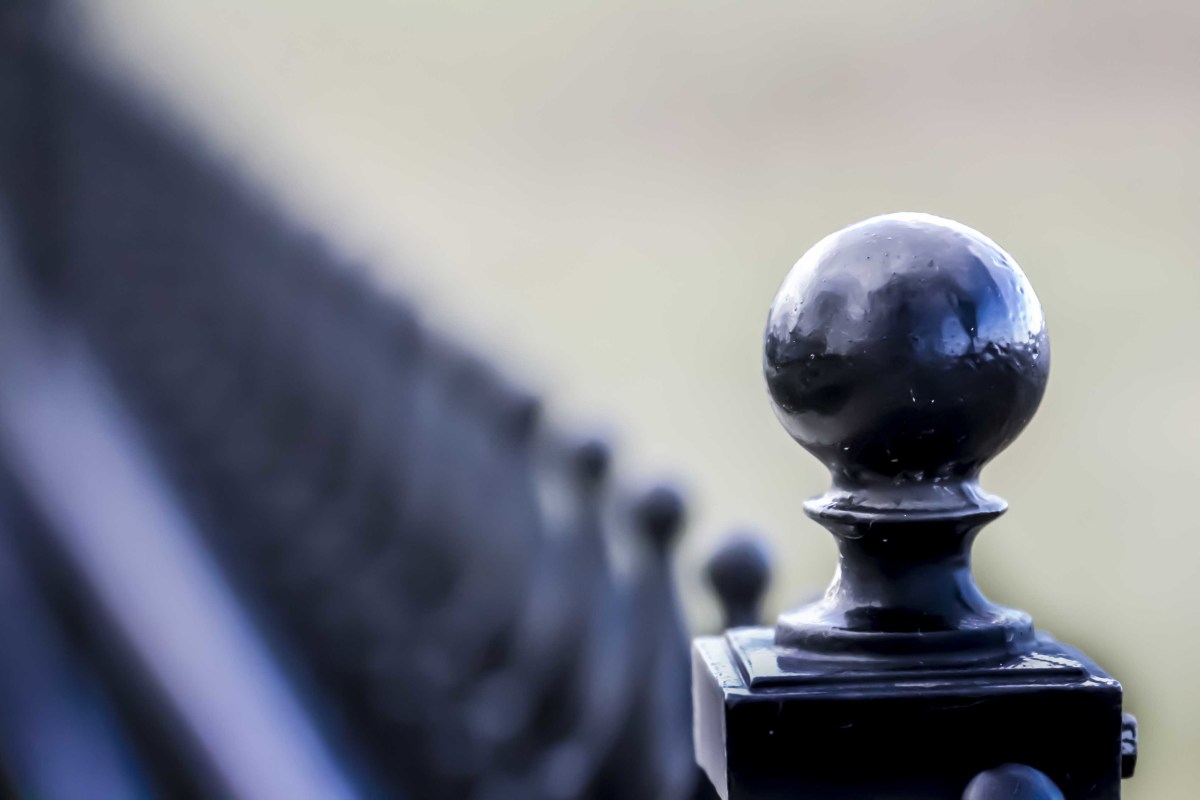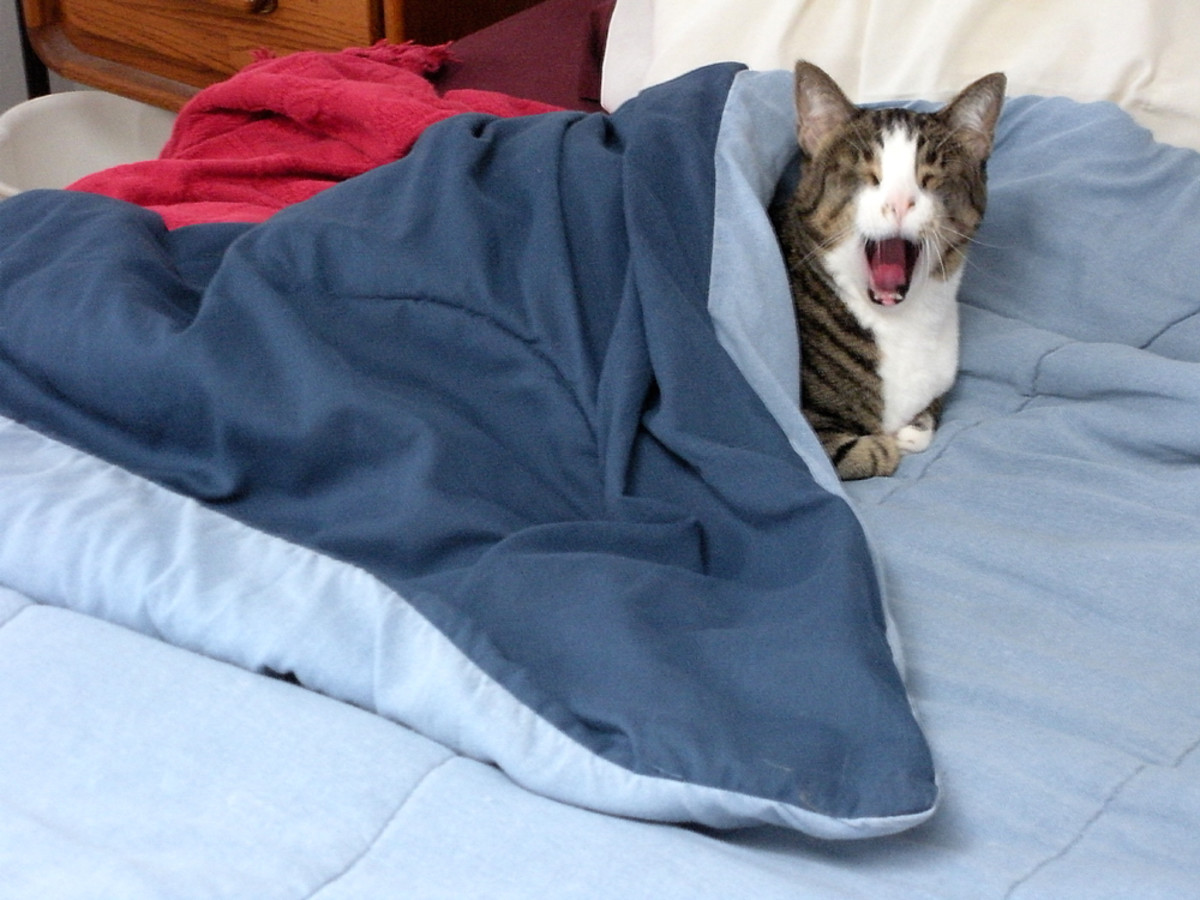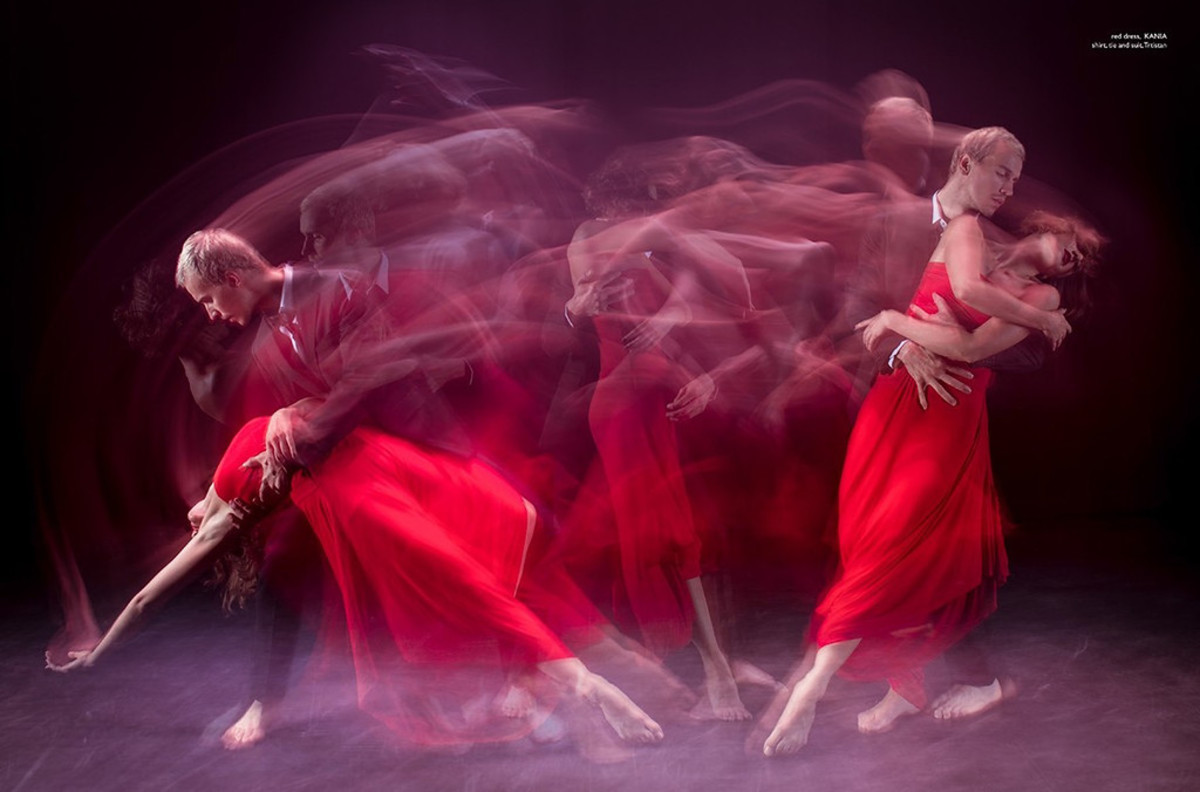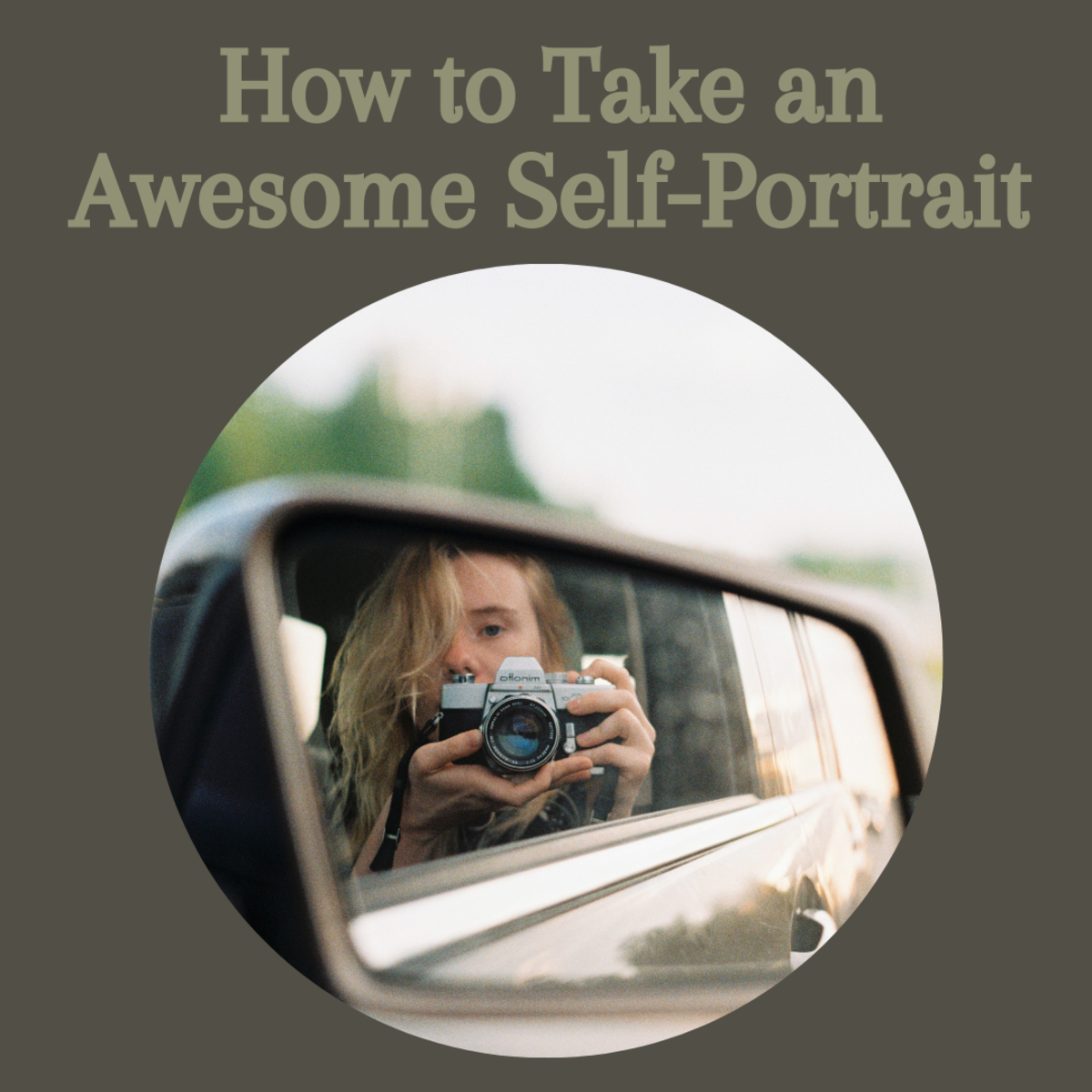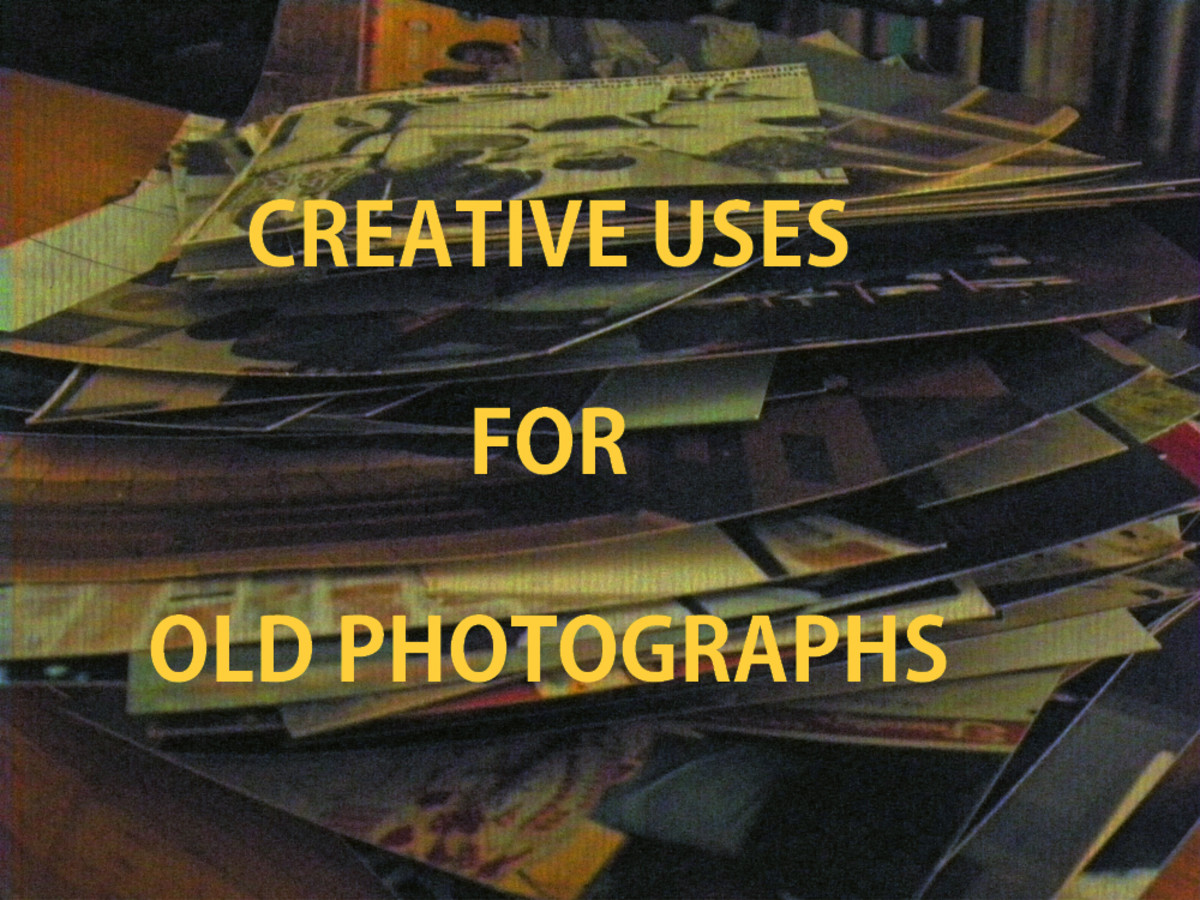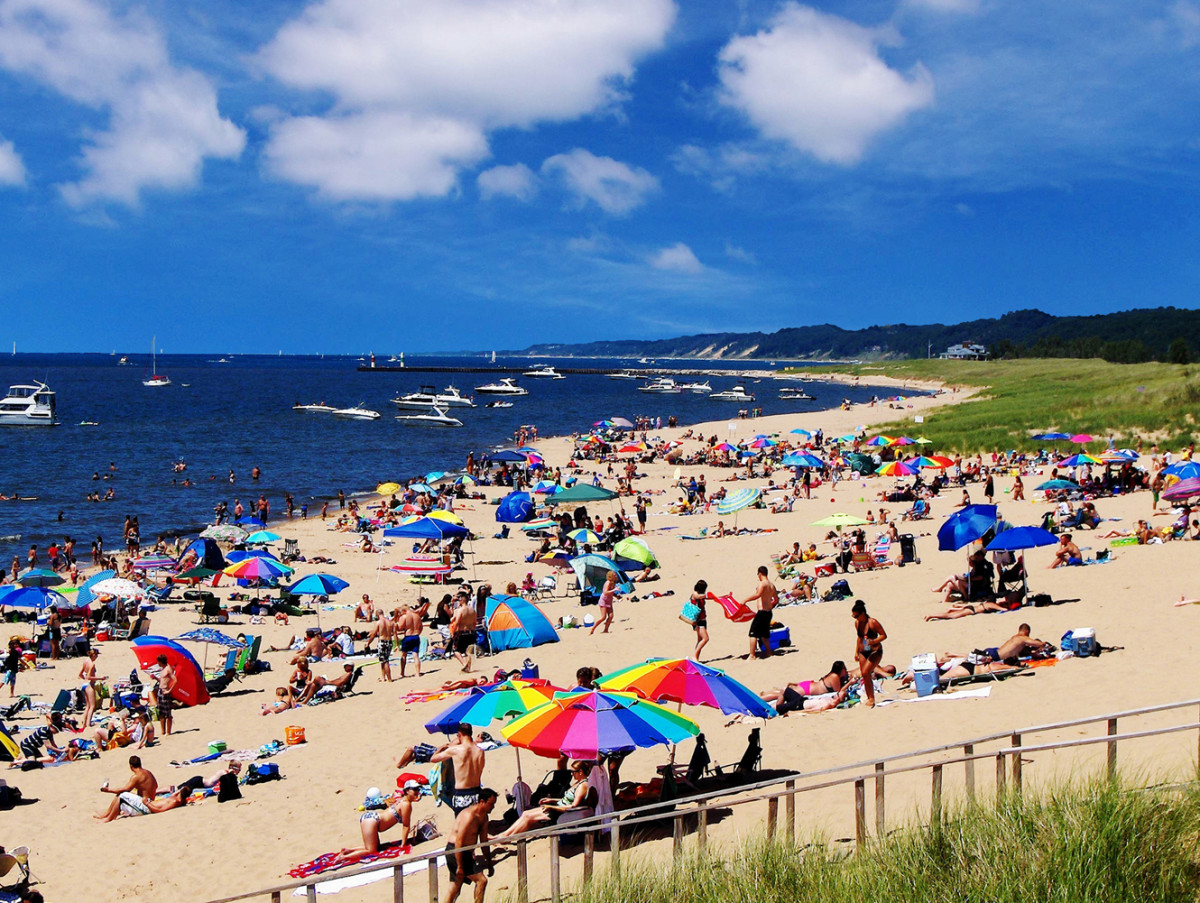Photography Made Easy: A Tutorial for Beginning Photographers
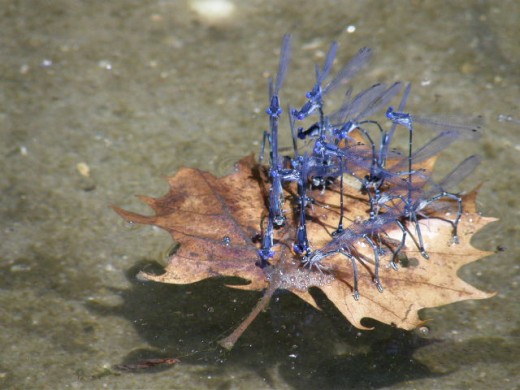
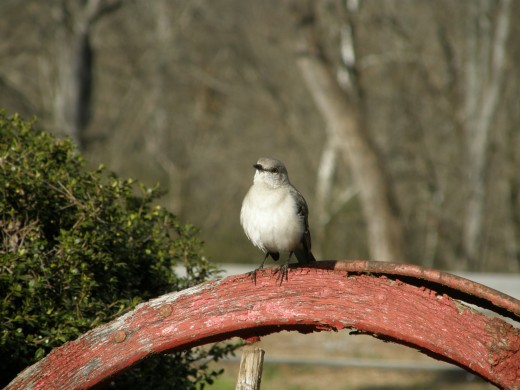
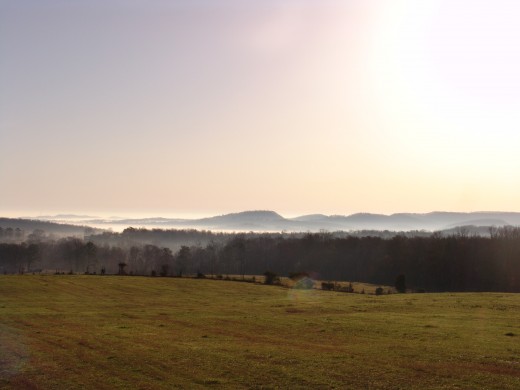
You can know your camera and how it works, but take bad pictures because you don’t understand composition. You can have an eye for composition, but take bad pictures because you don’t know your camera. As an amateur, I have learned that in order to be a better photographer, you need to know composition AND you need to know your camera. At a minimum, that means knowing what ISO (film speed), shutterspeed, f-stop, and aperture mean.
When I first started learning photography, I thought EVERYTHING I needed to know about photography was on a single website in an easy-to-understand tutorial. WRONG! There are a bazillion websites touting anything and everything you don’t really need to know. There are sites that lure you in with tutorial language only to try and sell you a camera or software. There are sites which merely link to many other sites. There are even A to Z sites if you feel like clicking your way through the alphabet. I was frustrated with the amount of conflicting advice, hence my research led me to share the more perfect union of what beginning photographers REALLY need to know.
The best advice I found came in the camera itself. Doing is learning. I bought an Olympus SP-560UZ 18x Optical Zoom with Image Stabilization because I needed a strong zoom in order to focus on my target photos -- landscapes and wildlife. Regrets? Well, it’s not the best beginner’s camera in that it doesn’t take good pictures automatically. But it is the best beginner’s camera in that it forced me to think about photography conceptually, rather than rely on the camera’s auto functions to think for me. Patience is essential because the process of learning is wrought with trial and error.
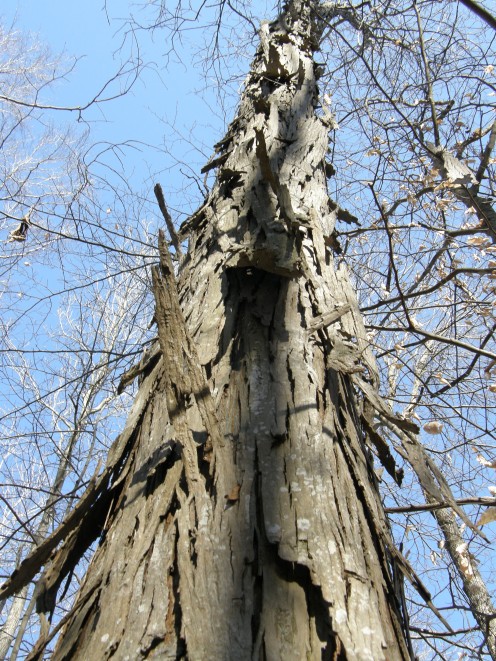
Composition
Foremost, I learned composition IS critical. This has nothing to do with camera function other than knowing how to line objects up in your lens. But getting the subject in the lens and snapping is not enough. There is the “rule of thirds” and other tricks for taking pictures, but for me, when it was all said and done, the bottom line for good composition was “angularity.” The angle from which you take your picture affects almost everything about it – light, shadows, background, foreground, content, context -- AFFECT. It may go without saying, but good composition inherently means knowing which pictures to take and which ones to leave alone because they are ordinary, oversold, uninteresting or otherwise. Sometimes I lay down on the ground to get a different perspective. Sometimes I climb a tree. But the point is, look up, down, across and everywhere in between. Your camera can only go where you go, so don’t be afraid to move where your camera cannot.
Grasping concepts like ISO, aperture, and shutter speed weren't easy for me. But what was easy to discern, is that these things alter the quality of your image in different ways. You can take the same picture using a different ISO, for instance, and get totally different results – some subtle, some dramatic! You can change your shutter speed and capture images you thought you weren't able to capture at all. But whatever the mixture of ISO, aperture and shutter speed, your camera depends on two things to take a picture – speed and light.
ISO
ISO (International Organization for Standardization) essentially refers to the speed of your film. Disposable film, 35 mm film, and digital cameras all boast between 100 and 1600 in ISO. If your camera is in auto mode, you cannot select ISO on a digital camera. You must do it manually, but generally you will be taking numerous shots at that ISO. Obviously, you cannot change your ISO between photos when using a disposable or 35 mm camera.
The speed indicates the amount of light or exposure which enters through the lens. Normal film speed is 100 to 200. These film speeds need a large amount of available or natural light to perform well - ideally, bright sunny days. However, they also need more time to absorb the light. You will need to hold your camera steady to prevent blur. Tripods are recommended for slow speed shooting and any photo you intend to enlarge for prints.
Keeping ISO at 200 cuts down on the grain or noise for most stationary pictures, but you need to increase it to 400 or 800 for action shots where you are trying to freeze frame. If there is low light, you may need to boost your ISO in order to avoid a blur. Medium speeds like 400 allow you to snap photos without too much worry about light.
As a general rule, use 100 to 300 for high light conditions and stationary pictures. Use 400 to 800 for overcast conditions or low natural light and distance shots. Use 800 to 1600 for fast moving objects or when there is dim light. Use the highest speeds possible for fireworks, lightning and other affects with moving light. The higher the ISO, the more sensitive to light your camera is. However, there is also a stronger tendency for the camera to form spots (called noise in digital photography, or grain in manual photography). While you may not notice the noise in your viewer, you will when you enlarge the photo!
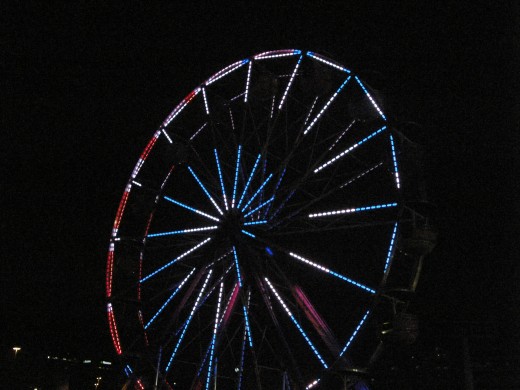
Shutter Speed, Aperture, and f-Stop
Shutter speed refers to the amount of time the aperture will stay open. The aperture is the size of the hole in the lens. The numbers represent seconds or fractions of a second and most digitals have a Shutter Speed Priority mode where you select the shutter speed and the camera selects a corresponding aperture based on the light reading through the lens. Most digitals also select a corresponding f-stop for your shutter speed.
F-stop determines how much light passes through to expose the film. The math isn’t important, though curious minds should know it is the focal length of the lens divided by the diameter of the aperture or hole in the lens. If you change your lens size, the aperture changes with it. The larger your f-stop (hole in the lens), the smaller the lens opening.
When using slow shutter speeds like 1/15 or under, use a tripod. Camera motion at a slow shutter speed will cause blurring. Use a slow shutter speed for stationary objects or in low-light (because a slower shutter speed will absorb more light). A slow shutter speed will not freeze frame a fast moving object like higher shutter speeds will, but you can use to blur action for effect.
Use 1/30 up to 1/125 for handheld photography, but only if you have a steady hand. Use this speed in adequate light. It will usually tolerate moderate motion.
Use 1/250 and up for handheld photography as well, but when you need sharper images such as sports shots. The faster your shutter speed, the less of a blur. But at the same time, remember your ISO. The higher the ISO, the more sensitive your exposure to light.
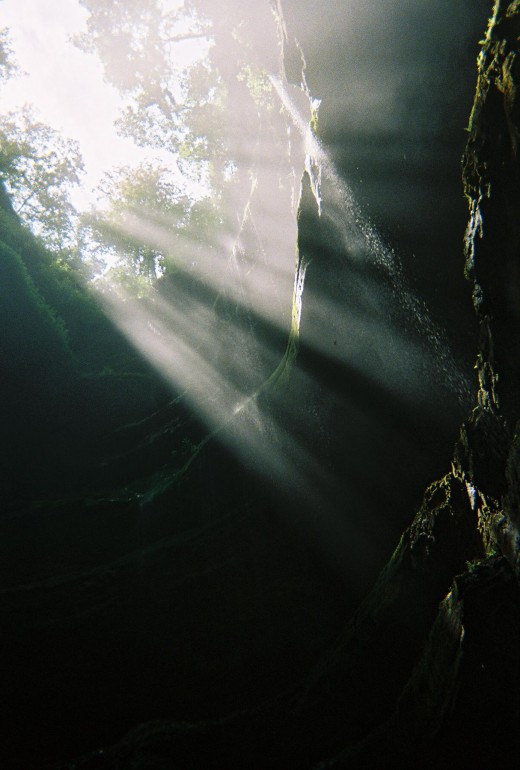
I have provided links to some of the best photograph sites I ran across for substantive information. Photography Bay has a free e-mail newsletter that is PACKED with helpful tips. Geoff Lawrence's tutorials are some of the best I ran across.
Good luck snapping photos!
- http://www.photographybay.com/
Sign up for Photography Bay's Free and Information Newsletter!
- Free Digital Photography Tutorial Site - Great Photo Tutorials
Out of all the photography sites I visited, I found this one to be among the most useful!
